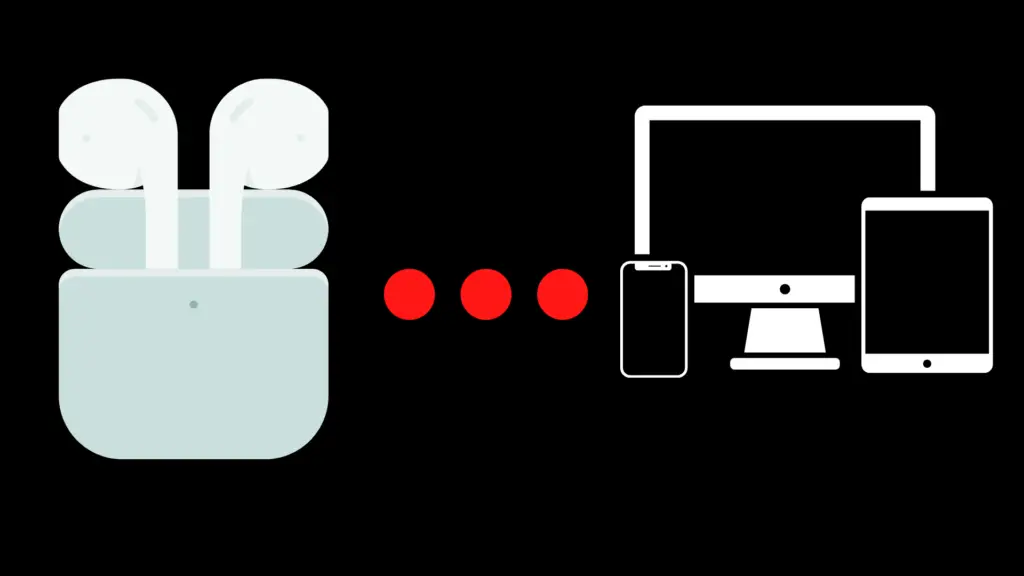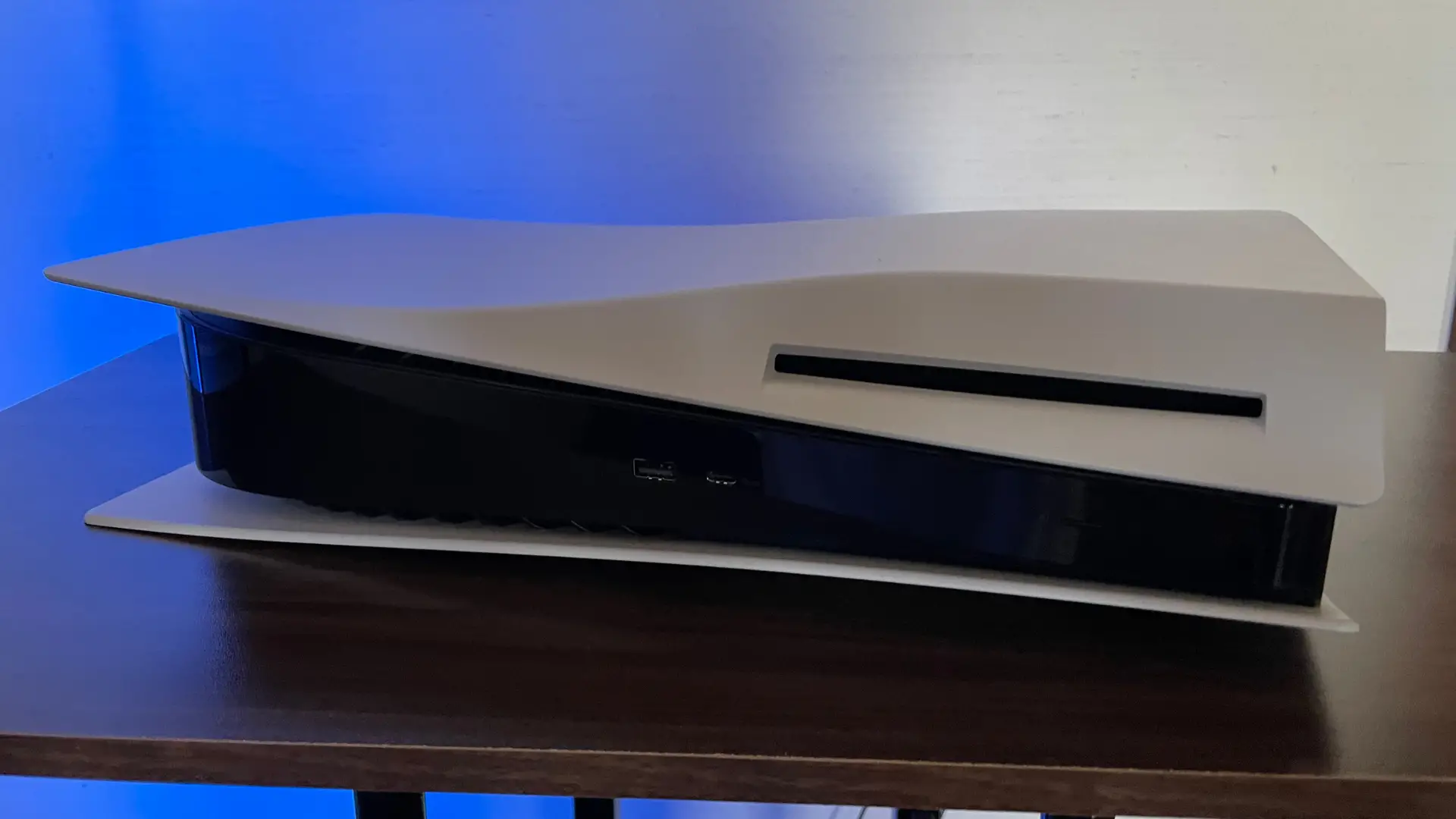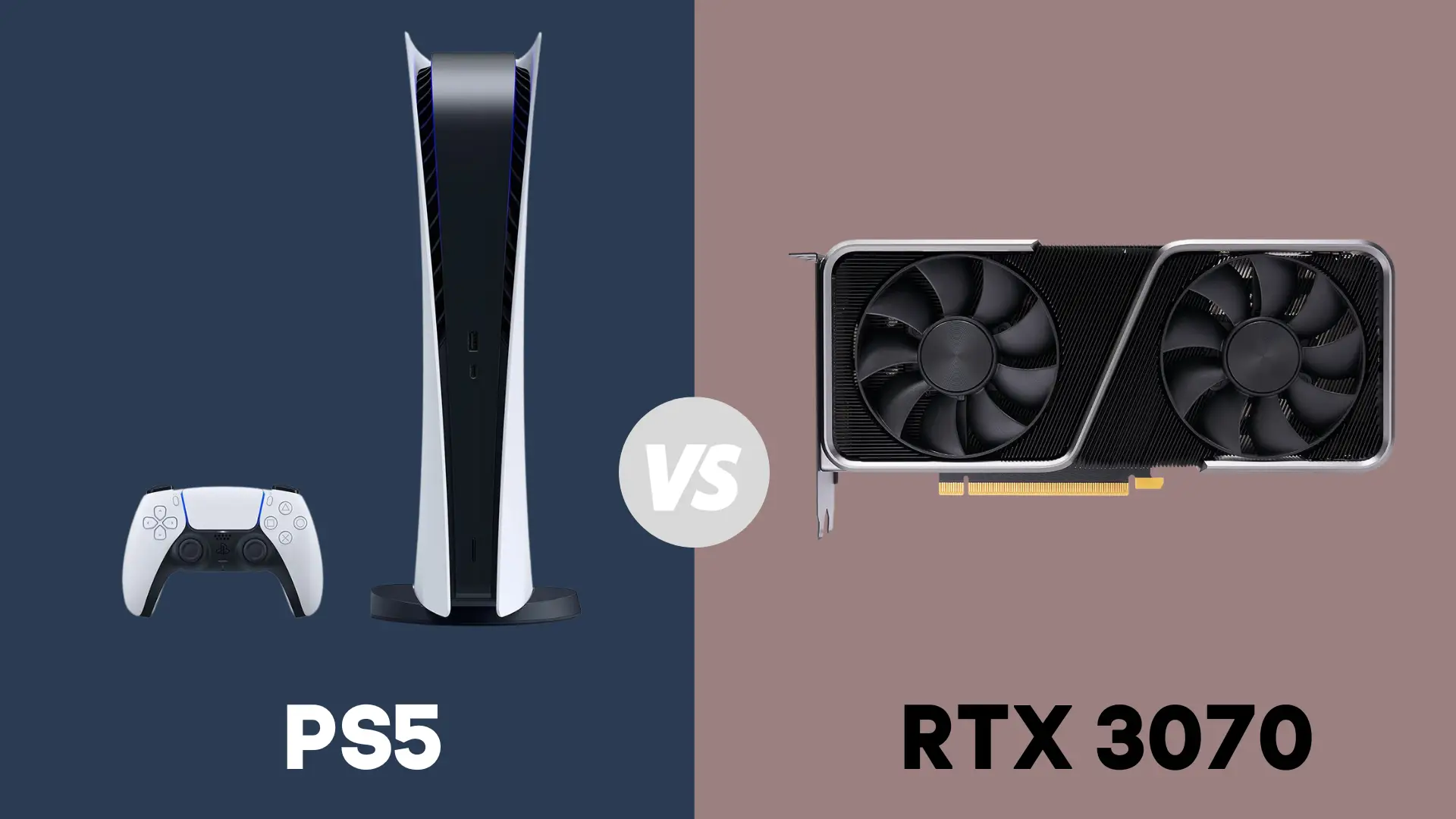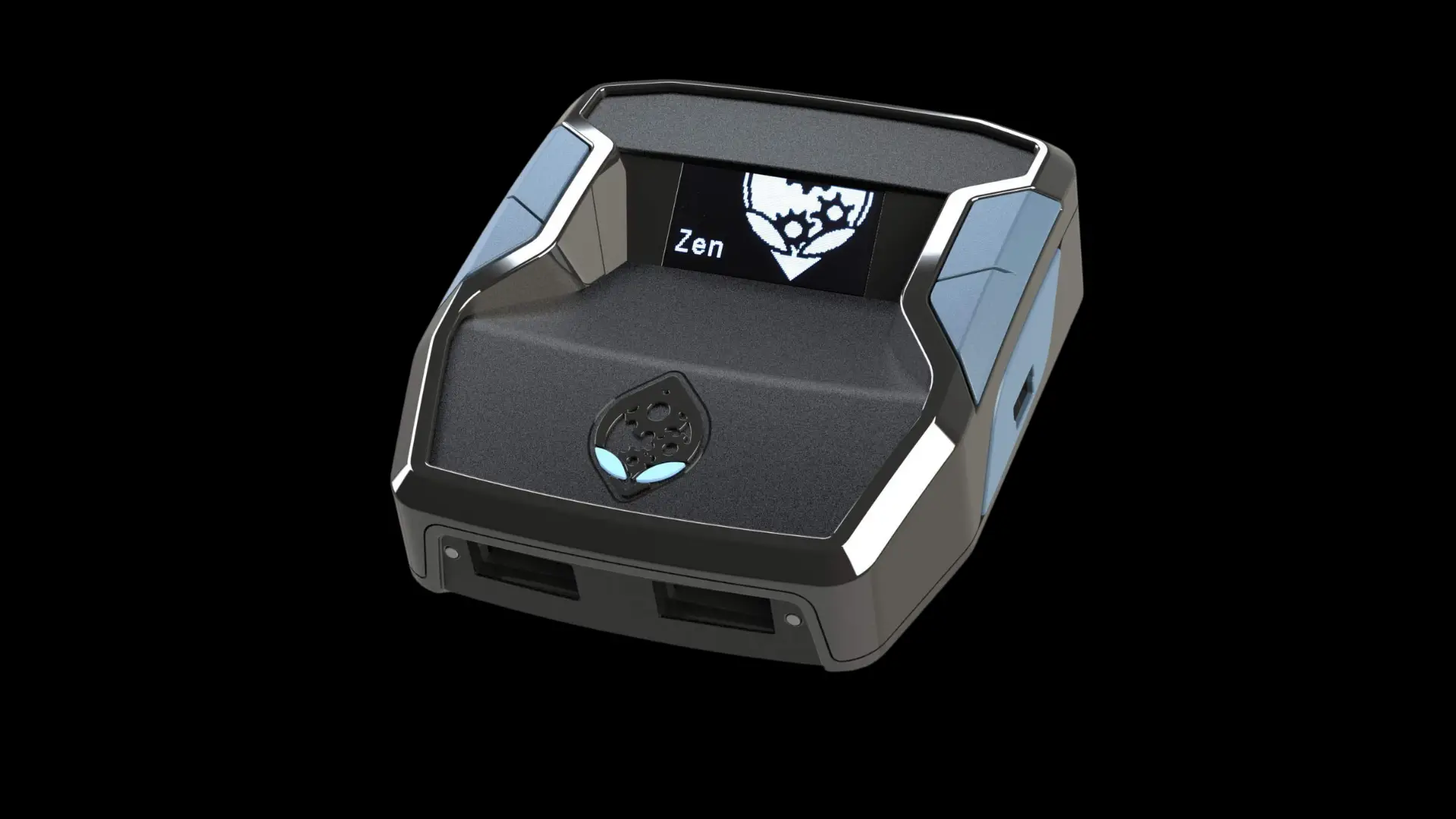Why Are My AirPods Not Connecting?

The wireless entertainment of a pair of AirPods makes it easier to enjoy the music and shows that we love. When technology breaks down, it can throw a wrench into daily habits that break the stride of your whole day. Bluetooth is one of those technologies that always seems to have issues that crop up at the worst time.
AirPods failing to connect could be a result of issues with the AirPods, the device, or the Bluetooth connection between them. Determining and fixing the exact cause requires a deeper look at the system requirements and common problems.
What issues should you check when AirPods are not connecting?
Before you go further, you should check that your AirPods are charged and that the intended device is running an operating system that can connect with AirPods. These two issues are fairly basic and common causes of connectivity problems with AirPods.
How do you make sure the AirPods are charged?
If there’s a battery charging issue, your AirPods may be dying and incapable of holding a connection, even if you just took them out of the charging case. Each type of AirPods charging case has indicators that tell you the state of the battery. You can also check the battery on the linked device when the AirPods are connected, but that won’t be helpful if you have connection issues.
Put your AirPods into their charging case, and leave the lid open. When the light is red or amber, the case is currently charging the AirPods. The red light indicates a low charge, while the amber light indicates a partial charge. A green light means the AirPods are fully charged and ready to go.
A closed case shows the charging status of the case itself on the exterior light, not the AirPods inside. A red light indicates it has no battery charge remaining, and an amber light says it has less than a full charge for a pair of AirPods remaining. A low charge on the case won’t stop the AirPods from working, but you should charge it before the next recharge cycle.
What operating systems can connect with AirPods?
AirPods can connect with an iPhone, iPad, iPod, Apple Watch, or Apple TV as long as they are running an operating system compatible with that generation of AirPods. The version required varies with the model of the Apple Watch. If your device isn’t capable of running the needed operating system, you won’t be able to pair the AirPods with any amount of troubleshooting.
Updating the OS varies from device to device, so consult your specific device to find the instructions. In every case, there will be a download from Apple’s servers followed by installation and a prompt to restart the device.
For the first generation of AirPods, the device needs one of the following operating systems or a newer version:
- iOS 10
- watchOS 3
- tvOS 11
- macOS Sierra
Second-generation AirPods can only connect to devices running one of the following operating systems or later:
- iOS 12.2
- watch OS 5.2
- tv OS 12.2
- macOS 10.14.4
AirPods Pro models can connect with devices on these operating systems or newer:
- iOS 13.2
- iPadOS 13.2
- watchOS 6.1
- tvOS 13.2
- macOS 10.15.1
The larger AirPods Max needs an operating system equal to or better than the ones here:
- iOS 14.3
- iPadOS 14.3
- macOS Big Sur 11.1
- watchOS 7.2
- tvOS 14.3
Lastly, the third generation has the most stringent operating system requirements for all varieties of AirPods:
- iOS 15.1
- watchOS 8.1
- tvOS 15.1
- macOS 12
Make sure you know how to put the AirPods into pairing mode
Just to make sure the basics are covered, ensure that you are actually putting your AirPods in pairing mode. To do so, you’ll need to make sure the AirPods are paired with a case and then use the exterior setup button to pair them.
First, put the AirPods into the case and secure the lid. Wait at least 15 seconds, then open up the case. Press the Setup button and hold it down for 10 seconds. You should see the status light flash white. The AirPods will then be in pairing mode.
How do you troubleshoot AirPods that won’t connect?
Amateur troubleshooting for a pair of AirPods that aren’t connecting involves updating the firmware, restarting the devices, checking Bluetooth settings, disabling unnecessary programs on the media device, removing Bluetooth interference, testing with secondary devices, and contacting Apple Support.
Update the connecting device
Even if your device is on an operating system that can connect to your AirPods’ generation, it needs to be running the latest possible version that it can install. Check for any uninstalled updates, and install them immediately.
Aside from functionality like connecting to your AirPods, updates are critical for patching security issues that put your data at risk. Always make it a habit to update any digital device that you use, and try to do so in a timely manner.
Updating a pair of AirPods does require an active connection to another device, but you should update it as soon as you manage to get them connected.
Disconnect other Bluetooth and audio devices from the media device
Other devices have the potential to interfere with the AirPods, including both Bluetooth and audio devices. Disconnect them to see if they are the source of the problem, and leave them disconnected until you’ve managed to connect your AirPods.
Restart both the AirPods and the connecting device
Fully restart the AirPods and the intended device. Once restarted, try pairing the devices again. Complete this step, whether or not there were any updates to apply in step one.
Updates frequently include changes that only take effect once the device goes through its startup routine. If you do download updates for the devices, they won’t be officially applied until you restart them.
Additionally, there can be lingering issues when a device has been running for a while. A full restart clears any temporary issues with a fresh set of instructions for the computer. That’s why restarting is a common suggestion for many tech issues. Make sure to save any important documents before doing so.
Check that Bluetooth is enabled on the intended device
If the Bluetooth on a device is disabled, a pair of AirPods won’t be able to connect to it. On an iPhone, iPad, iPod Touch, and Apple Watch, go into the Settings menu and find the Bluetooth option. Make sure that it’s toggled on.
You can also find a quick Bluetooth toggle in the Control Center, but it won’t help if the Bluetooth has been fully disabled. It’s there so you can quickly disconnect from Bluetooth devices without turning off all of your connectivity.
On a macOS device, you’ll need to find the Apple menu and open the System Preferences menu. The Bluetooth option will be there.
For Apple TVs, you can find the Bluetooth option in the Remotes and Devices submenu of the Settings.
Disable unnecessary programs on the device
Modern devices are good at multitasking, but doing too much at once can sometimes inhibit their performance. A restart will turn off some programs, but others will be configured to run again at startup. Since there’s no telling what you may have installed onto your device or what it’s doing behind the scenes, clearing out the programs may solve the connection issue.
You can slowly go through the programs, turning them off and checking the AirPods as you do. With any luck, the AirPods should start working soon after deleting an offending program.
Check for Bluetooth signal loss
Wireless technology is convenient, but it’s not without potential downsides. The three most common forms of Bluetooth interference are fairly easy to spot: distance between the devices, barriers between the devices, and proximity to Wi-Fi devices.
Bluetooth has a short-range that tops out at around 30 feet. In practice, the actual range may be much lower, especially on older Bluetooth devices. When testing, make sure the devices are no more than a few feet apart.
Even though they’re small, wireless signals do have a physical form that interacts with other objects. Open air gives them plenty of room to move around, but they can be stopped when they run into sturdier blocks of matter. This isn’t likely to be a problem with connecting to your iPhone or iPad, but your Mac or your Apple TV may have cabinets around them that interfere with the signal.
The Bluetooth signal shares that airspace with signals from other wireless devices, and too many in one space can cause interference. Wi-Fi devices are a common culprit, especially if your router is right next to your Mac or Apple TV. Altering your Wi-Fi devices to use a more limited band of frequencies can let your Bluetooth device coexist with them more peacefully, but you should be certain you are comfortable with making changes before messing with your Wi-Fi router’s settings.
Multiple Bluetooth devices in one area can also interfere with one another, so remove other devices while testing. Microwave ovens, power lines with gaps in the shielding, and 4 GHz cordless telephones may also cause interference. Try moving the devices away from any potential sources of interference before trying to pair them again.
Testing with secondary devices
When you can’t find the source or fix a problem when working with a pair of connected devices, the next step is bringing in replacements for testing. Keep them somewhat separated physically to avoid the Bluetooth signal interference mentioned above.
Ideally, you would have both a matching pair of AirPods and a similar media device. That way, you can see if the original media device will accept connections, and the new media device will help determine if the issue is with the AirPods. If both new pairs connect and function, the issue may be with the software versions or Bluetooth connections. If only one or the other works, the one that failed may be the source of the issue.
If you don’t have a spare pair of AirPods, you should still try to connect them to a secondary device. It won’t provide as much information about where the source of the problem is, but it can show if the AirPods are capable of connecting to another device.
Contact Apple Support
The last step of the troubleshooting process is admitting when you need help from someone actively responding to your situation instead of giving out generalized information.
When you ask for support, be sure to include all of the information you’ve collected in your troubleshooting process. The assistant may ask that you perform some steps again, just to be sure that they were performed correctly. Have patience even if it feels repetitive, since it helps them to help you in the best way possible.
Why can’t I connect multiple AirPods to my device?
In order to connect multiple AirPods to one device, that device must have an operating system capable of running the Share Audio feature. With the feature, you can connect up to two AirPods or select Beats headphones to an Apple device at the same time.
To turn on the Share Audio feature on most mobile Apple products, go into the Control Center and press the Airplay button – the one with a triangle at the bottom and several concentric circles that is supposed to look like an antenna. The Share Audio button should be right there for you to press. Once activated, hold the second pair of headphones near the device, and they should automatically connect.
On an Apple TV, the process is similar, but you’ll hold the screen button on a Siri Remote to open the Control Center. The same Airplay icon will take you to a submenu with a Headphones category. There, you should see the various headphones within range. If you already have a pair connected, selecting another pair should give you the option to Share Audio.
Some features like Spatial Audio or head tracking will be disabled when connecting multiple AirPods to one device. Only allowing two headphones is fairly limiting, as well.
Why are my AirPods connected but not playing sound?
AirPods that are connected but not playing sound may have an issue with the connection, software configuration, or hardware defects.
Troubleshooting AirPods that are connected with no sound
Both AirPods suffering damage at the same time that stops them from playing sound is more unlikely and harder to fix, so start by inspecting the software followed by the connection.
Charge the AirPods
As with connectivity problems, a lack of power can cause the AirPods to produce no or low sound. Check the power level in their battery, and give them a charge if they’re low.
Check the audio settings
Make sure that the volume is turned up and not muted, and ensure that the AirPods are selected as the media output device. That includes checking any media player you happen to be using, like Spotify or Youtube. Close any additional programs to limit the number of potential problem sources.
With the volume unmuted and turned up, try listening to your AirPods. If there is minimal sound coming from both sides, you may have a hardware issue with the AirPods’ speakers. When the sound is only coming from one side, it could still be a hardware problem, but check the balance on the audio levels of the intended device.
Restart the devices
Next, restart both the AirPods and the device. The effectiveness of restarting makes it worth trying early on in the troubleshooting process for nearly any tech problem where losing working data or device uptime isn’t a critical concern. Make sure to close any programs that you can again, as many will run on startup.
Once restarted, test the sound again. Try to use multiple media players, such as both the Media Player and the Youtube app.
Re-pair the Bluetooth connection
If the devices remained paired and the restart didn’t solve the issue, try unpairing and re-pairing them. Remove potential sources of interference and keep the devices in relatively close proximity to get the best Bluetooth signal possible. Once they’ve reconnected, try listening again.
Use a second media device
Try using another device with the AirPods if restarting and fixing the settings don’t solve the problem. Connecting to both devices with no audio output points to a problem with the AirPods’ speakers. In that case, you will need to contact Apple to schedule a replacement.
- How to Pair Meta Quest 3 Controllers with Your Quest 3 Headset: A Quick Guide
- How to Charge Meta Quest 3: A Guide to Powering Up Your VR Experience
- How to Cast Meta Quest 3 to Samsung TV: A Step-by-Step Guide
- How To Factory Reset Your Meta Quest 3: A Step-by-Step Guide
- How to Power On and Off the Meta Quest 3





